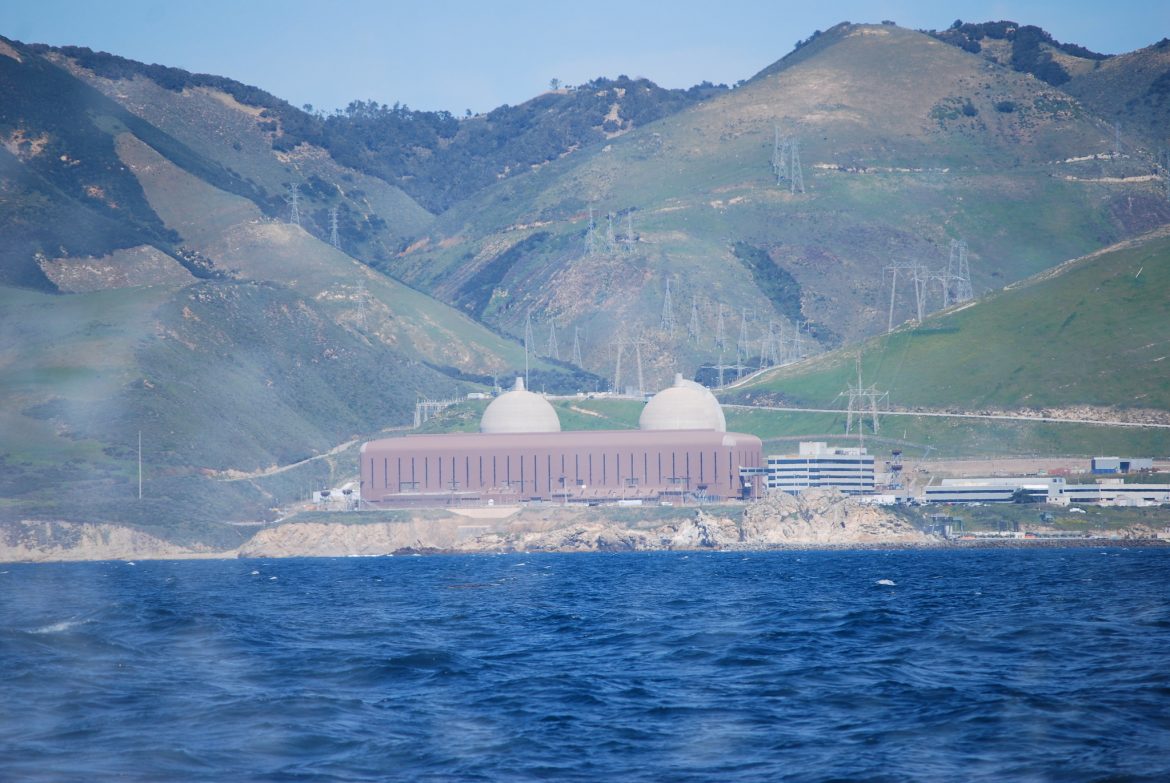With the June 7 primary just over a month away, it’s getting harder to separate candidates’ policy positions from their political implications.
Although Gov. Gavin Newsom is expected to easily sail to reelection, his stances on two controversial environmental topics — shared in editorial board interviews — could anger advocates already frustrated by his administration’s climate strategy.
- Newsom told the Los Angeles Times editorial board that he may seek to delay the planned 2025 closure of the hotly debated Diablo Canyon Nuclear Power Plant, California’s largest electricity source, amid concerns that the state could see rolling blackouts this summer and in the future. “We would be remiss not to put that on the table as an option,” Newsom said. “We’re going to worst-case scenario. We are being very sober.”
- And Newsom told the Bay Area News Group editorial boards that a powerful state panel should approve a contentious $1.4 billion desalination plant in Huntington Beach, which the panel’s own staff recently recommended rejecting. “We need more tools in the damn tool kit,” Newsom said. “We are as dumb as we want to be. … Seven out of the last 10 years have been severe drought.”
Though Newsom said he supports eventually closing Diablo Canyon, his partial about-face — as lieutenant governor he backed plans to shutter the plant — puts him in a sort of uneasy alliance with Michael Shellenberger, a longtime nuclear energy advocate and no-party-preference gubernatorial candidate.
- And Shellenberger appears to be taking some of the credit for influencing Newsom: “It took rolling black-outs, a change in public consciousness, and my run for governor, but our six-year long effort to save Diablo has finally won!!!” he tweeted.
- The strategy seems to be working: On Friday, the Wall Street Journal ran an op-ed about Shellenberger titled, “Is This Man Talking California Into Nuclear Power?”

There are strong arguments for keeping Diablo Canyon operating during the transition to renewable energy, as the shortfall will be made up by burning natural gas to generate electricity. Keeping it open another decade avoids significant CO2 emissions and, during the day when there is adequate solar power, its generation can be used for desalination or green hydrogen. Stanford published a study on the benefits. https://energy.stanford.edu/publications/assessment-diablo-canyon-nuclear-plant-zero-carbon-electricity-desalination-and. First finding: “Delaying the retirement of Diablo Canyon to 2035 would reduce California power sector
carbon emissions by more than 10% from 2017 levels and reduce reliance on gas, save $2.6 Billion in power system costs, and bolster system reliability to mitigate brownouts; if operated to 2045 and beyond, Diablo Canyon could save up to $21 Billion in power system costs and spare 90,000 acres of land from use for energy production, while meeting coastal protection requirements.” Given the climate change imperative, tradeoffs must be made, and avoiding GHG emissions is worth some more fuel rods in storage.